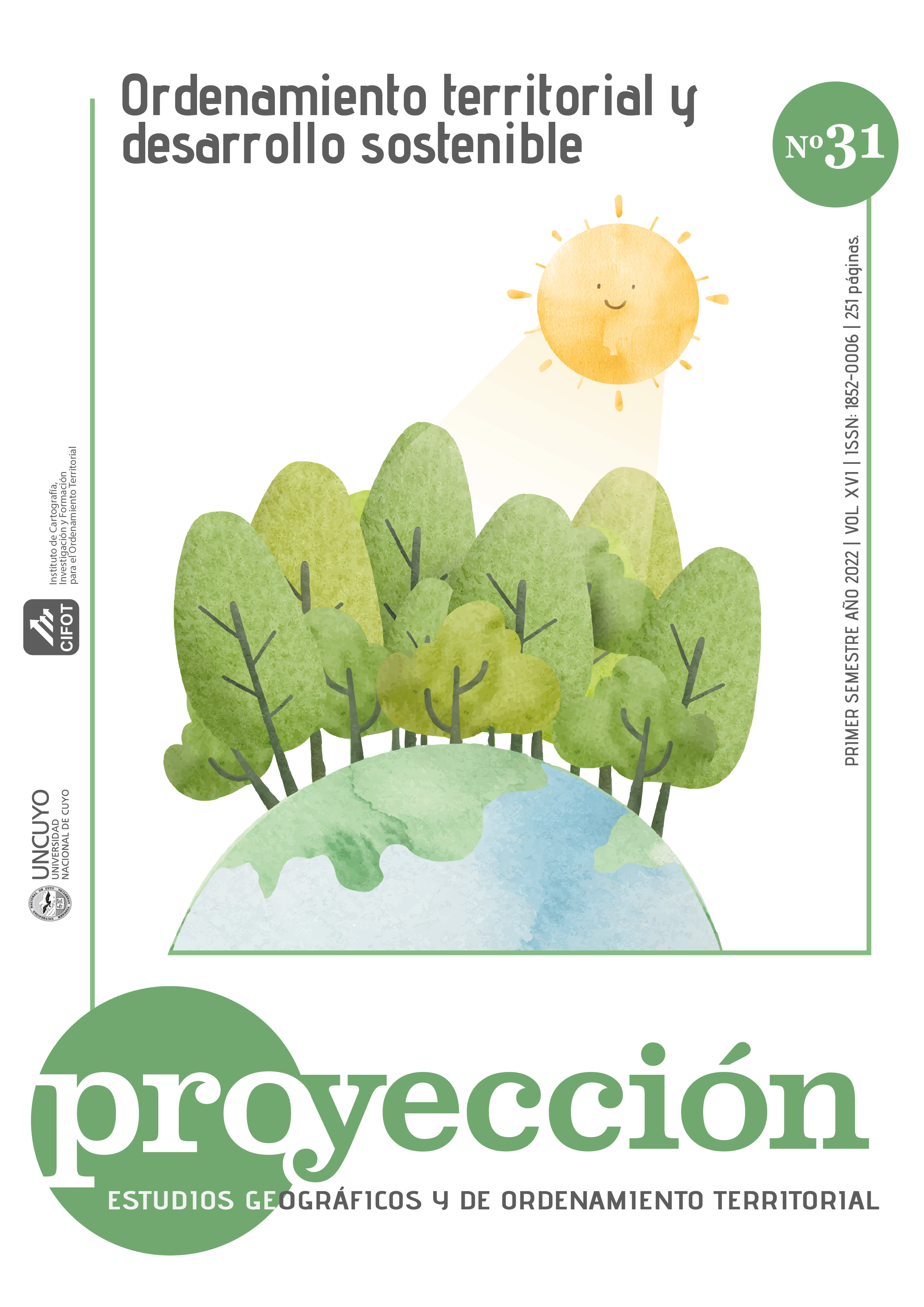Placemaking for Piura
Methodological contribution in the management of post-covid interventions
DOI:
https://doi.org/10.48162/rev.55.019Keywords:
placemaking, COVID-19, citizen participation, Humanization of public space, public managementAbstract
In the city of Piura, in Peru, there are not many places for social interaction and free time activities because it has grown unevenly with few urban planning tools and very low social interest. The study shows the possibilities of Placemaking and introduces it as a tool in public management process. The aim of this mechanism is to carry out small-scale interventions, without concluding in the implementation of a specific project. Through qualitative tools it is expected to demostrate the application opportunities; and under an evaluation system, in relation to the 11 principles of Placemaking, recognize the limitations to be overcome. In this way, it is intended to encourage investigation into public urban intervention processes that include the citizen factor.
References
ARTEAGA, A. (2017). Espacio público, una aproximación conceptual. MODULO ARQUITECTURA-CUC, 19(1), 69-78.
BELLET-SANFELIU, C. (2009). IV Seminario de la Facultad de Arquitectura y Diseño de la Universidad de los Andes. Reflexiones sobre el espacio público. El caso de las ciudades intermedias. Mérida, Venezuela.
BID. (2020). 100 ideas para volver a la calle. Obtenido de volver a la calle: https://volveralacalle.com/ideas
ESPINOZA, Á., & FORT, R. (2020). Mapeo y tipología de la expansión urbana en el Perú. GRADE, ADI. Obtenido de GRADE: https://www.grade.org.pe/wp-content/uploads/EspinozaFort_GRADEADI_expansionurbana.pdf
GEHL, J. (2020). Public Space & Public life during COVID-19.
KARACOR, E. (2017). PlaceMaking Approachment to Accomplish Social Sustainability. European Journal of Sustainable Development, 3(4), 253-262.
MINISTERIO DE VIVIENDA, CONSTRUCCIÓN Y SANEAMIENTO. (2020). Plan de Desarrollo Metropolitano. Piura-Castilla-26 de Octubre 2020-2040. Piura.
ONU. (2020). UN-Habitat and the COVID-19 Response: Public Space.
PEIMBERT, A. J. (2014). Espacio público, lugar y paisaje: proximidades y distancias para una antropología urbana. Contexto. Revista de la Facultad de Arquitectura de la Universidad Autónoma de Nuevo León, VIII(8), 51-68.
PROJECT FOR PUBLIC SPACES. (2016). PLACEMAKING what If we built our cities around places ? Obtenido de http://www.pps.org/wp-content/uploads/2016/10/Oct-2016-placemaking-booklet.pdf
RIVERA, J. (19 de abril de 2016). El 70% de las construcciones de Piura son informales y no soportarían sismo. Obtenido de El Tiempo: https://eltiempo.pe/el-70-de-las-construcciones-de-piura-son-informales-y-no-soportarian-sismo/
SATALOFF, R., JOHNS, M., & KOST, K. (2018). Libro blanco de Placemaking: Programa de urbanismo táctico e innovación en el espacio público. 1.
SILBERBERG, S. (2018). Places in the Making: How placemaking builds places and communities. MIT.
UN-HABITAT. (mayo de 2015). Habitat III Issue Papers - Public Space. United Nation Conference on Housing and Sustainable Urban Development., 2015, 0-8.
WYCKOFF, M. (2014). Definition of Placemaking: Four Different Types. Planning & Zoning News, 1.
Downloads
Published
How to Cite
Issue
Section
License
Copyright (c) 2022 Angie Calle Castillo, Maria Zavala , Stella Schroeder

This work is licensed under a Creative Commons Attribution-NonCommercial-ShareAlike 3.0 Unported License.
La revista Proyección establece las siguientes condiciones de publicación para los/as autores/as:
- Los/as autores/as conservan los derechos de autor y ceden a la revista el derecho de publicación bajo la Licencia Creative Commons Atribución-No Comercial-CompartirIgual 3.0 No portada (CC BY-NC-SA 3.0) que permite a terceros copiar, distribuir, exhibir y ejecutar la obra citando siempre la fuente y los datos de autoría según la norma prevista por la Revista Proyección. Esta licencia no permite el uso de la obra con fines comerciales.
- Todos los trabajos publicados por Proyección, Estudios Geográficos y de Ordenamiento Territorial serán bajo la modalidad de gratuidad para autores/as y lectores/as.








